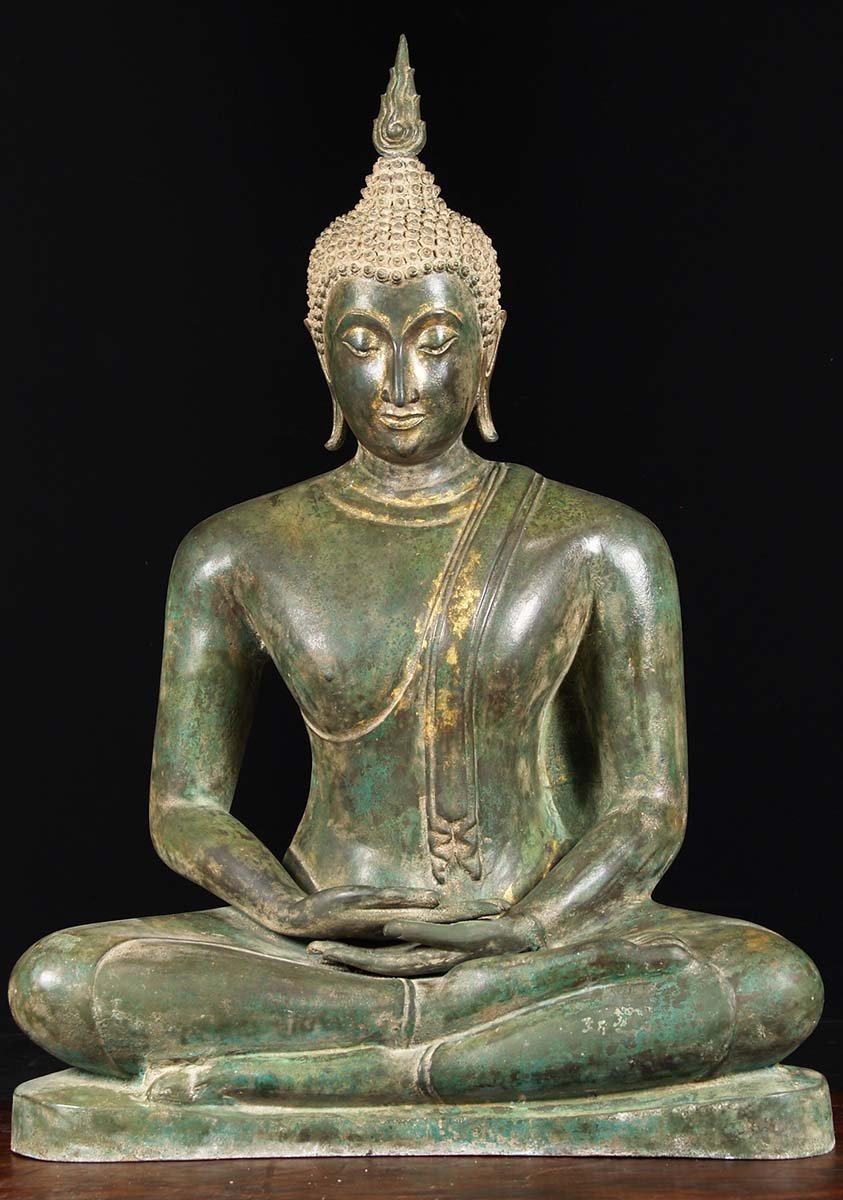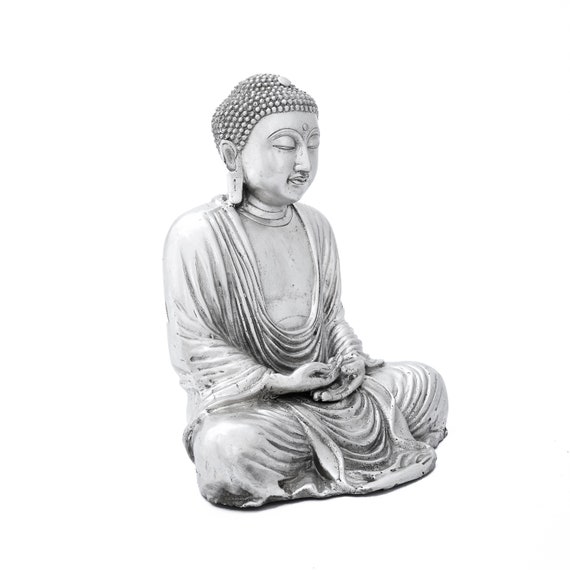Yes, within a session I really try to not move at all "whatever happens" so to speak i.e. I push through some discomfort...
At the beginning I did not want to alternate legs from session to session, but as from today I have started to do so in order to avoid potential longterm problems...for some reason the discomfort in my left hip is larger and comes quicker around the corner when my left leg is upper in half lotus...I will continue to stretch my hips regularly and maybe it will get better over time.
Preferrably I did not want to have to alternate legs from session to session (as said) because I think that it might be easier for the brain to only need to "know" one posture to really make it "second nature". But on the other hand 2 postures (still half lotus but alternating legs) should be a small enough number so that one should hopefully not have trouble to make those postures "second nature".
I will just observe how it goes within the next few weeks - in case the discomfort and pain will not be reduced in a few weeks despite stretching and what not, I just might switch to a quarter lotus which I personally prefer to a burmese posture since it gives my knees less pressure...
PS.: The hand mudra I do not alternate by the way and hope that's fine - this means, no matter if my left or right leg is upper,
always my left hand is on top of the right hand.
Sorry for the long post.
Gassho
Chris
Sat today
At the beginning I did not want to alternate legs from session to session, but as from today I have started to do so in order to avoid potential longterm problems...for some reason the discomfort in my left hip is larger and comes quicker around the corner when my left leg is upper in half lotus...I will continue to stretch my hips regularly and maybe it will get better over time.
Preferrably I did not want to have to alternate legs from session to session (as said) because I think that it might be easier for the brain to only need to "know" one posture to really make it "second nature". But on the other hand 2 postures (still half lotus but alternating legs) should be a small enough number so that one should hopefully not have trouble to make those postures "second nature".
I will just observe how it goes within the next few weeks - in case the discomfort and pain will not be reduced in a few weeks despite stretching and what not, I just might switch to a quarter lotus which I personally prefer to a burmese posture since it gives my knees less pressure...
PS.: The hand mudra I do not alternate by the way and hope that's fine - this means, no matter if my left or right leg is upper,
always my left hand is on top of the right hand.
Sorry for the long post.
Gassho
Chris
Sat today





 ), sitting there sometimes lost in thought about other things yet the music and my thoughts blend together ... then remembering where I am, and coming back again and again to the performance. I even love when the show is over, the curtain comes down and it is time to come home.
), sitting there sometimes lost in thought about other things yet the music and my thoughts blend together ... then remembering where I am, and coming back again and again to the performance. I even love when the show is over, the curtain comes down and it is time to come home. 

Comment